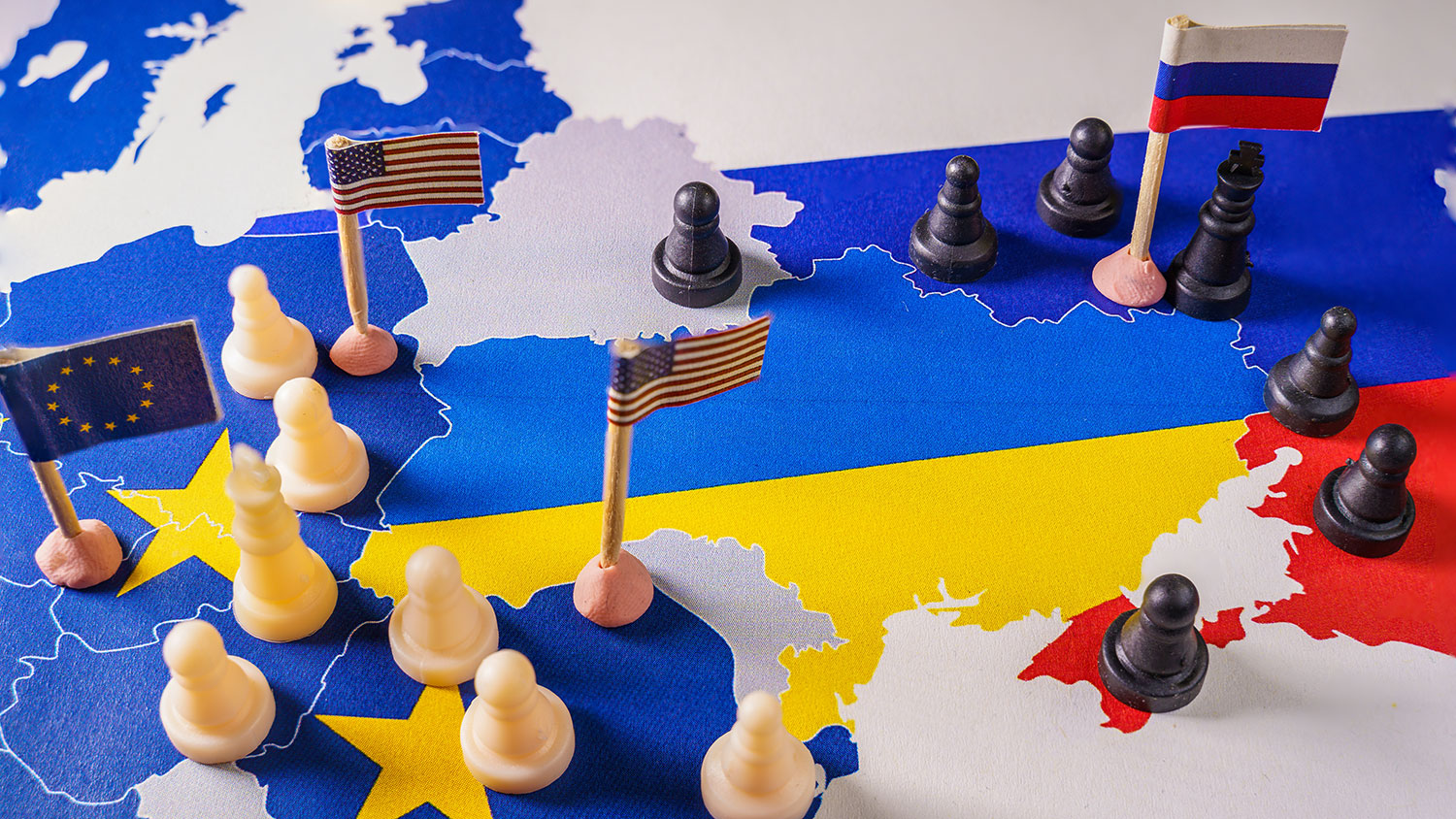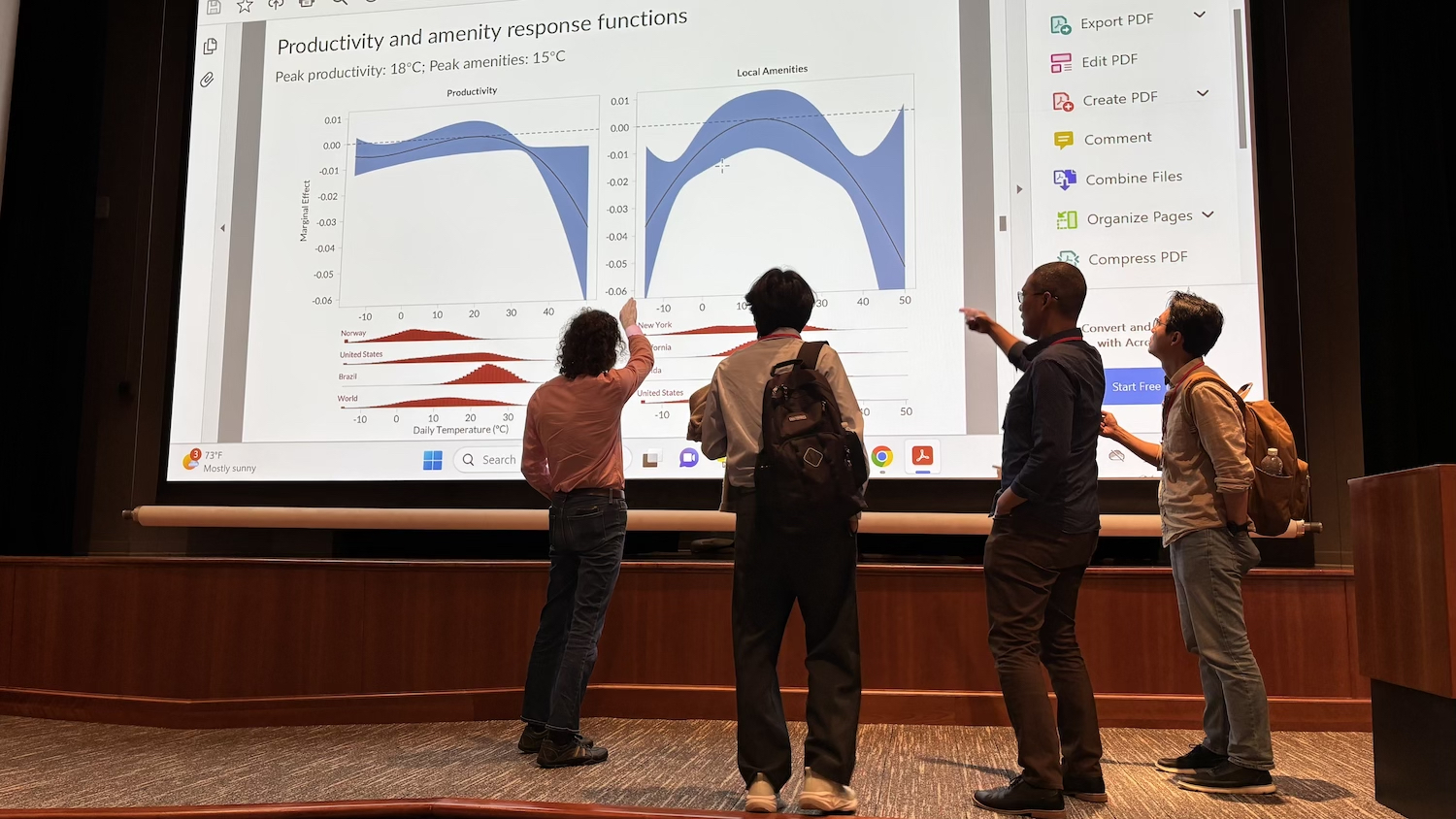Economic Sanctions: Lessons From the Russia-Ukraine Conflict
Poole College's Daisoon Kim sheds light on the impacts — and intricate dynamics — associated with recent economic sanctions on Russia.

Daisoon Kim, assistant professor of economics in the Poole College of Management, is an expert in international macroeconomics, international trade and macroeconomics. Here, Kim sheds light on the impacts — and intricate dynamics — associated with recent economic sanctions on Russia.
The large-scale invasion of Ukraine by Russia in February 2022 triggered a swift and coordinated response from the international community, with 38 countries imposing sanctions on Russia and Belarus. These measures aimed not only to punish aggression but also to disrupt resources supporting it, effectively engaging in economic warfare to bolster Ukraine. However, the unique economic stature of Russia has presented a complex challenge seldom encountered in modern history.
In contrast to previous instances where sanctions targeted smaller economies, Russia ranks as the 11th largest economy by nominal GDP and the 13th largest by goods exports, wielding significant influence in global markets. Moreover, as a major energy supplier, particularly in natural gas, Russia occupies a pivotal role in global value chains. Its substantial energy exports have endowed it with significant foreign exchange reserves, further complicating the landscape of sanctions and amplifying their consequences on both targeted and sanctioning economies.
A recent study conducted by Fabio Ghironi of the University of Washington, Daisoon Kim of the Poole College of Management, and Kemal Galip Ozhan of the International Monetary Fund sheds light on the intricate dynamics and unintended outcomes associated with sanctions. Employing a micro-founded model of international trade and macroeconomic dynamics, the study highlights the nuanced impact of sanctions, particularly concerning targeted sectors and the comparative advantages of the economies involved.
For instance, while the Western economy holds a comparative advantage in consumption goods, the Russian economy excels in energy production. Therefore, energy trade sanctions prompt resource reallocations within the Western economy, resulting in greater hardship for Western households. Conversely, consumption goods trade sanctions prove more costly for Russian households.
However, there are potential limitations to sanctions targeting Russia’s trade and financial relationships with the West. Despite efforts to sever these ties, Russia has shown resilience by establishing stronger connections with other nations, such as China, India, and Turkey. This echoes Milton Friedman’s Cold War-era claim that sanctions may lead to losses for the nations imposing them because of substitution in global trade.
Despite these challenges, proponents argue that sanctions remain a crucial tool in signaling disapproval and imposing costs on aggressive regimes. The study demonstrates that inefficient resource allocations induced by sanctions, coupled with the inability to fully substitute differentiated products, contribute to notable outcomes. Notably, recent sanctions on Russia have effectively caused the targeted economy to contract, with Russian households experiencing welfare losses ranging from 6 to 8%.
As the debate on the efficacy of sanctions continues, the Russia-Ukraine conflict serves as a stark reminder of the complexities involved in using economic instruments in international diplomacy. Understanding the interplay between economic dynamics, geopolitical factors, and global trade relationships is essential for navigating the intricate landscape of economic sanctions.
We gratefully acknowledge the support of the National Science Foundation through a grant to the National Bureau of Economic Research for funding this research. We also extend our gratitude to the institutions that have provided platforms for presenting our findings, including seminars and conferences organized by the Bank of Canada, the European Central Bank, the Federal Reserve Board, the International Monetary Fund, the Centre for Economic Policy Research, the Kiel Institute, the National Bank of Ukraine, Narodowy Bank Polski, UC Davis, UCLA, the University of British Columbia, the University of Southampton, and various other conferences and seminars.


